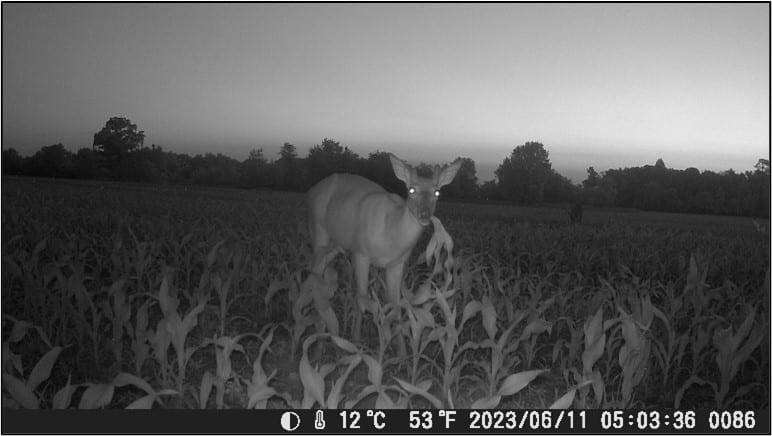Summary: Three years of population studies have only shown little difference in population (60-180k), when planted early enough, however later planted (double crop) beans may be safer at 120k or above. Planting in 15 inch rows can increase yields 5-10 bushels.

As soybean genetics have improved, national studies in planting populations are revealing that lower populations can still provide similar yields. We have performed studies over the past few years, including 2022 (Click for link) and 2023 (Click for link). For both of those years there was a 10-bushel advantage for narrower rows (15 vs 30”), 25 bushels for irrigation, but no differences between populations of 90 to 180,000 seeds per acre.
Continue reading

